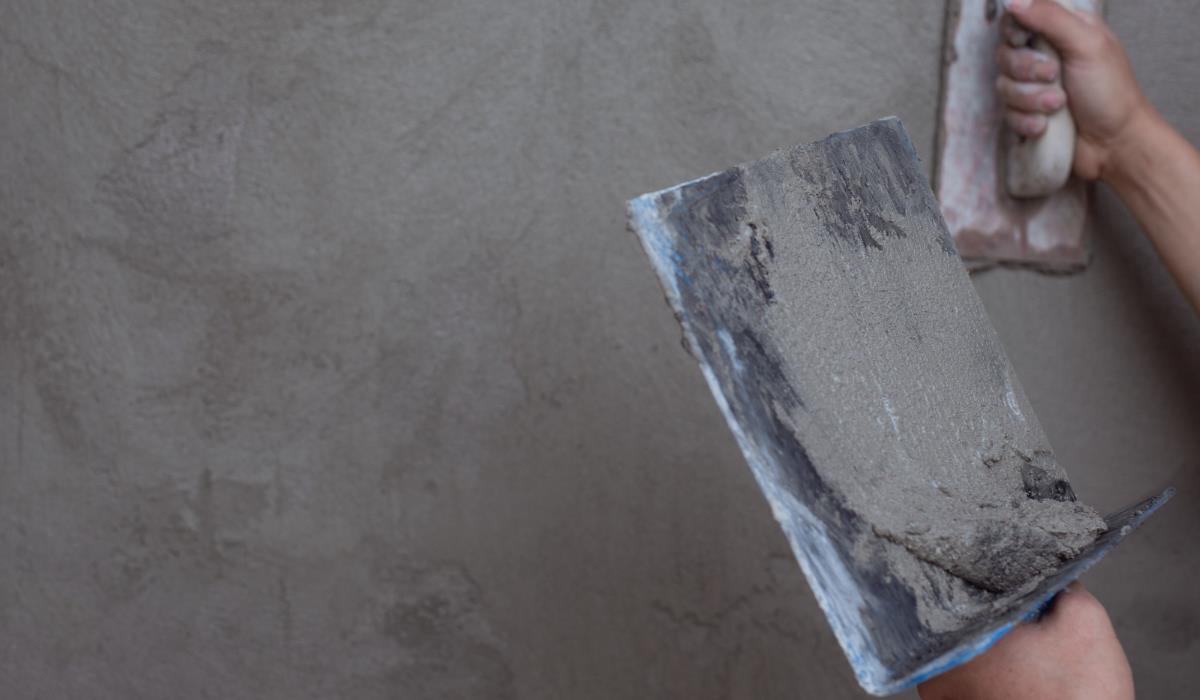Filling walls is a process that requires proper surface preparation and the use of appropriate tools and materials. Therefore, before starting to putty, it is necessary to carefully assess the condition of the walls in order to know what tools and materials will be needed to complete the task.
Filling and painting walls are key elements in the interior finishing process. That is why it is worth understanding how to do these activities yourself or when it is worth outsourcing them to specialists. In this press release, we present comprehensive guidelines for plastering walls step by step.
What you need?
When filling, you need the right tools, such as: putty knife, trowel, primer brush, bucket, mixer, sandpaper and spirit level. The estimated cost of plastering walls is PLN 4.5-5/m2 for materials and approx. PLN 18-20/m2 for labor, but these values may vary depending on the region. Filling the walls on your own can save money.
Filling coat vs finish coat
The putty can be used to fill cavities, cracks or holes, as well as to joint plasterboards. On the other hand, finishing putty is recommended for smoothing larger surfaces, such as walls or ceilings. Putties are available in the form of a mixture or paste, which differ in properties and the way of use.
Wall preparation
Before filling, the wall should be properly prepared by removing the old layer of paint, plaster or wallpaper. Minor scratches or damage can be filled with repair putty. Next, remove all elements from the wall surface and make a place for electrical wires. The wall should also be properly primed using a primer.
Puttying – process

Proper putting of walls includes filling in losses, filling in scratches and corners, and then smoothing the entire surface of the wall. Pay attention to the precision of applying the putty to obtain a smooth surface.
When smoothing walls in rooms exposed to moisture, such as bathrooms or kitchens, it is recommended to use a polymer or polymer-cement mass. In such conditions, cement plaster will also work well.
Tip: Working with experts can help you choose the right materials and tools and ensure high-quality workmanship. Wall filling is an important element of the interior finishing process, which affects the aesthetics and durability of the surface. Therefore, it is worth investing time and effort in doing this correctly.
Summary
Wall mudding is an important stage of finishing work, which can be carried out independently or outsourced to specialists. Knowledge of the necessary tools, proper surface preparation and the selection of the appropriate leveling compound can significantly affect the quality of the final result. It is therefore worth getting acquainted with the presented guidelines to obtain smooth and durable walls in your interior.



